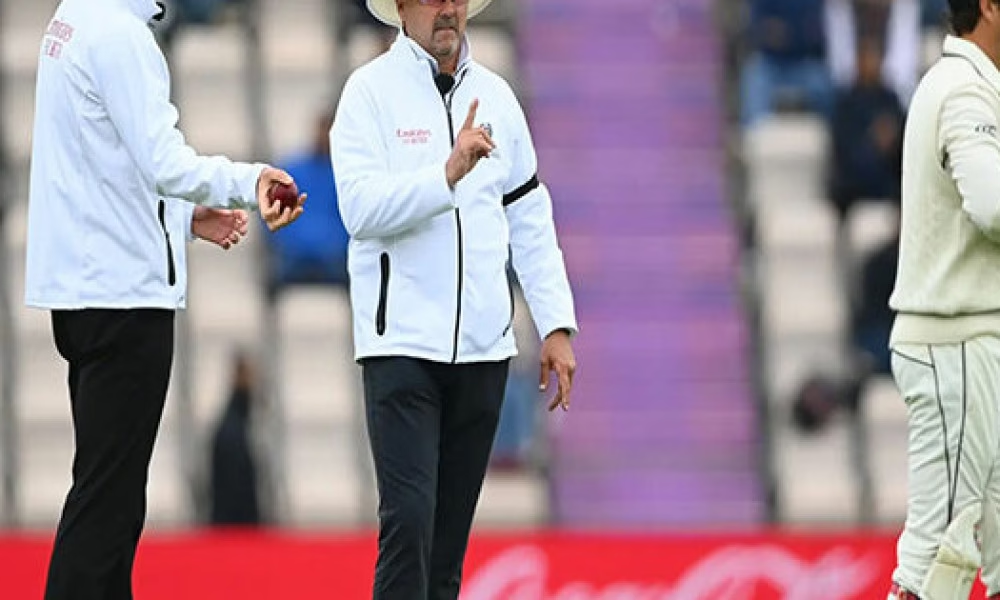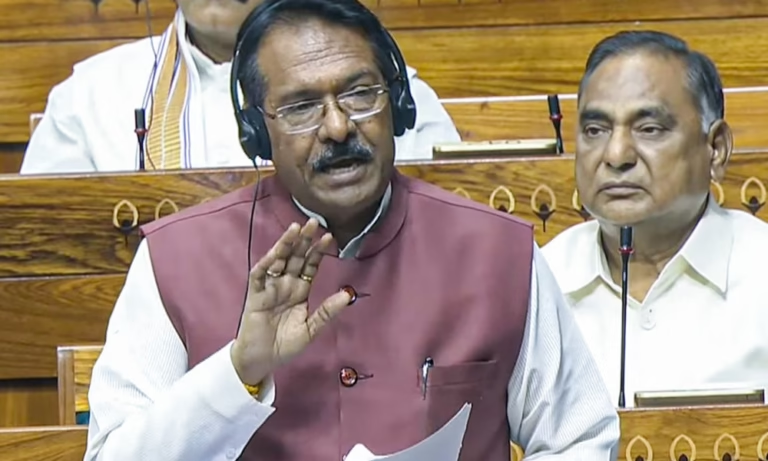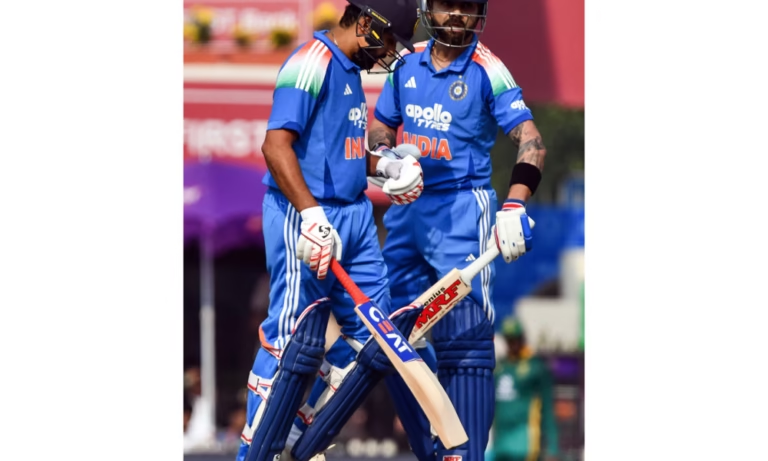
In an exciting development for cricket lovers, the International Cricket Council (ICC) has rolled out significant updates to its playing conditions. This includes changes to the two-ball rule in One Day Internationals (ODIs) and revised concussion substitute protocols, effective soon in all formats of men’s international cricket.
On June 14, the ICC confirmed the modifications that were recommended by its men’s cricket committee. The changes received the green light from the chief executives committee, setting the stage for a transformation in how ODIs and other formats are played. The new rules will come into effect on June 17 for Tests, July 2 for ODIs, and July 10 for T20I cricket.
For those unfamiliar, the current playing conditions allow two new balls to be used per innings in men’s ODIs, one from either end. However, under the new guidelines, two balls will be utilized from the beginning of each innings up to the 34th over. After this point, the bowling team will have the option to choose between the two balls. The chosen ball will then be used from the 35th to the 50th over. This strategic tweak aims to better balance the dynamics between bat and ball.
But that’s not all. The ICC’s changes extend into the realm of player safety with the introduction of new concussion protocols. Teams will need to submit a list of substitute players before each match, assigning specific roles such as one wicketkeeper, one batter, one seam bowler, one spin bowler, and one allrounder. This measure is designed to streamline the process of replacing players who suffer concussions during matches, while reducing the potential for debates that can arise from substitutions.
Remember the fourth T20I against England in January? India found themselves in a situation where all-rounder Shivam Dube was replaced by pacer Harshit Rana as a concussion substitute. Rana’s impressive performance, taking 3 wickets for 33 runs, secured a victory for India. However, the match referee’s approval of this substitute sparked considerable debate in the cricket community. By requiring specific roles to be designated on the concussion replacement list, the ICC aims to minimize confusion and enhance clarity in such situations.
In instances where a substitute player themselves suffers a concussion, the match referee will have the authority to consider a player outside the original five roles, following the existing like-for-like replacement protocol. This layered approach prioritizes player well-being while maintaining the competitive balance of the game.
These updates signal the ICC’s commitment to evolving the sport and addressing modern challenges in cricket, especially concerning player safety. The revisions to the two-ball rule and concussion protocols reflect ongoing efforts to enhance the game’s integrity and entertainment value, bolstering the exhilarating experience that cricket continues to offer worldwide.
As fans eagerly anticipate the implementation of these new rules, it raises intriguing questions about how teams will adapt and strategize. With the two-ball rule now favoring more tactical considerations for the bowlers, cricket matches may become even more thrilling. And with the structured approach to concussion substitutes, teams can focus on competing without the fears of disruptive controversies.
In conclusion, the ICC’s adjustments to the two-ball rule and concussion protocols mark an important milestone in cricket’s evolution. The new guidelines promise to enrich the game while putting player safety front and center. As we gear up for the upcoming matches under these new regulations, the excitement and unpredictability that cricket is known for will surely reach new heights.











